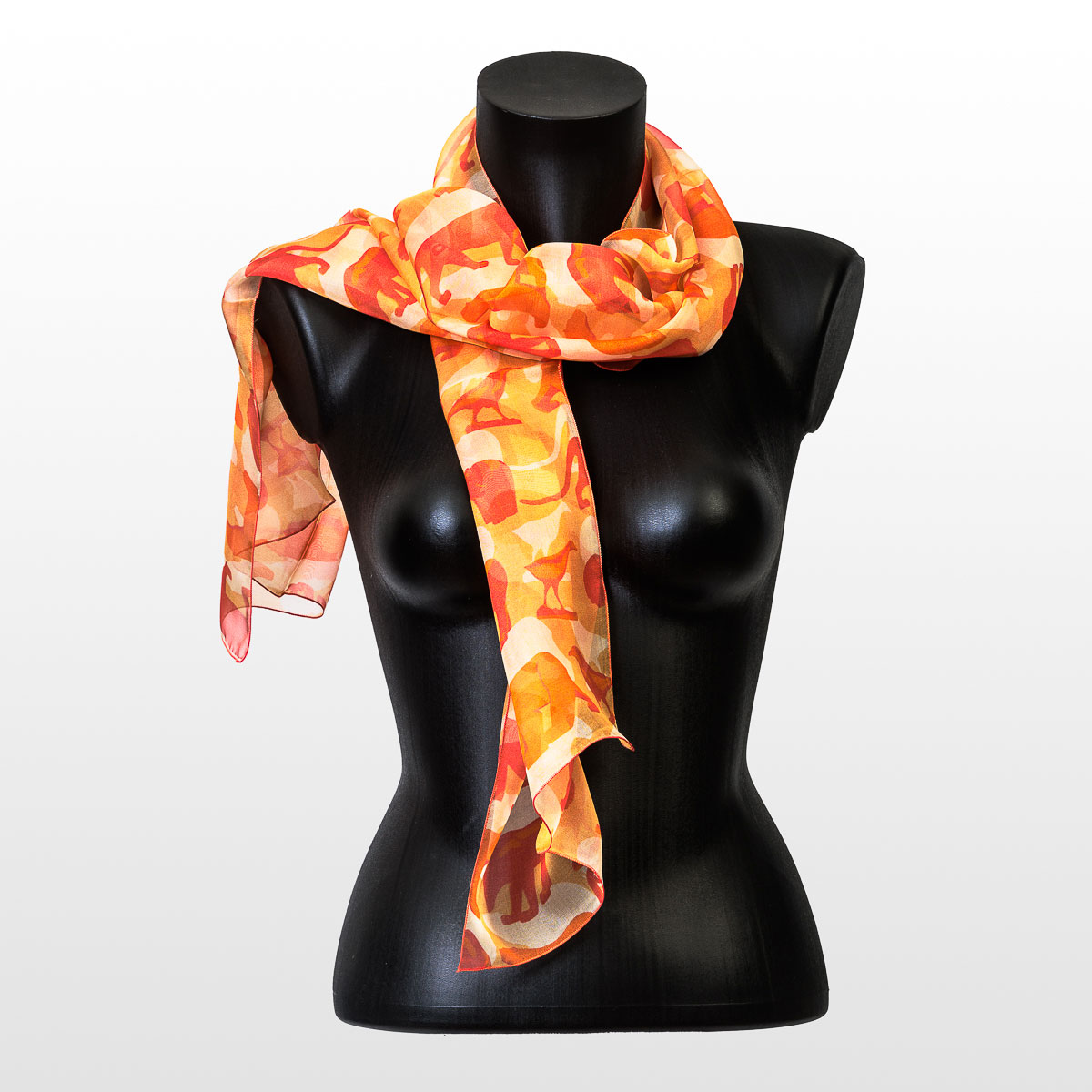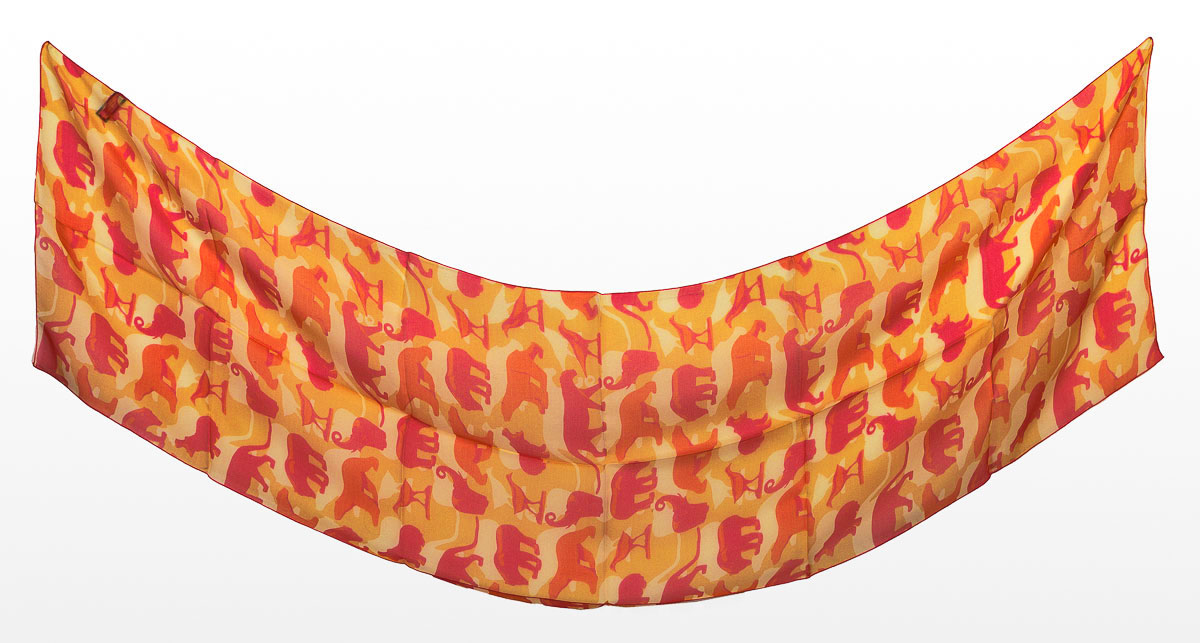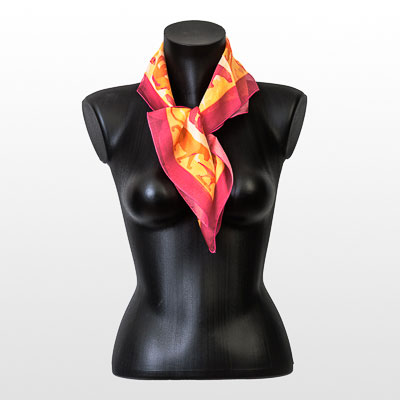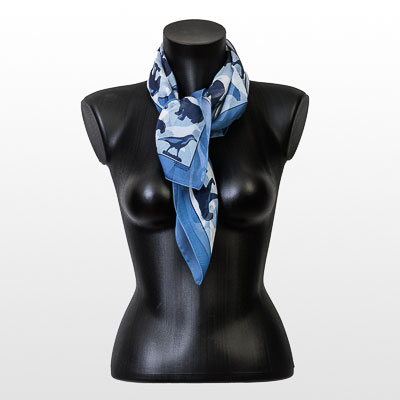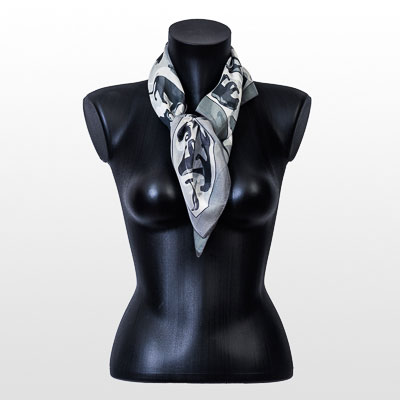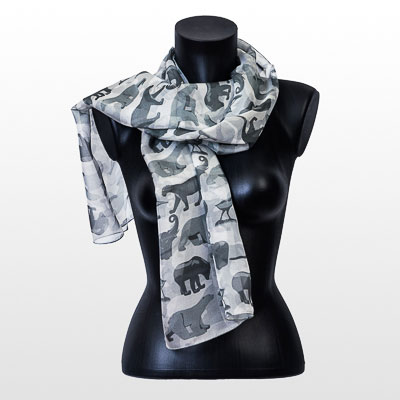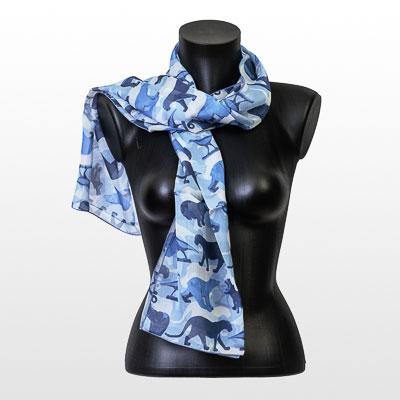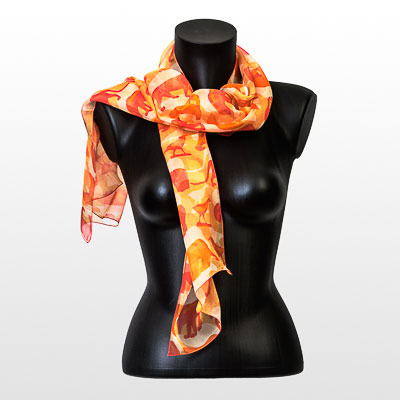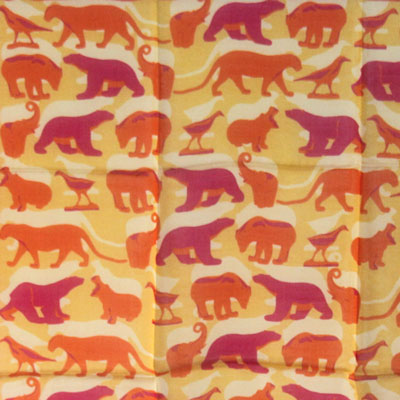Tel : (+33) 4 94 63 18 08
9am - 6pm from Monday to Sunday
Modern Art
The modern art movement in painting began at the end of the 19th century and continued until the Second World War. It saw the emergence of new forms of artistic expression that challenged traditional painting conventions. The first artists to move away from classical conventions were the Impressionists, such as Claude Monet, whose famous work "Impression, Sunrise" was painted in 1873. The Impressionists introduced innovative techniques such as the use of rough brushstrokes to capture the effects of natural light. With the arrival of the 20th century, new trends such as Fauvism, led by artists like Henri Matisse, who in "The Dance" 1909, used bright, saturated colors to create dynamic compositions. Abstract Expressionism, which emerged in the 1910s, saw artists such as Wassily Kandinsky and Frantisek Kupka explore new forms of abstraction to express intangible ideas such as emotions and sensations. Finally, Cubism revolutionized the conventions of representing reality by introducing multiple perspectives in the same composition. Pablo Picasso and his work "Les Demoiselles d'Avignon" of 1907, and Georges Braque with "Le Grand nu" also made in 1907, are examples of this. In summary, the modern art movement in painting was characterized by experimentation, breaking away from classical conventions, and exploring new forms of artistic expression. The works and artists mentioned here are just a glimpse of the many talents that have contributed to the wealth of this movement.
Discover the artist
Pompon François
François Pompon was a French sculptor of the late 19th and early 20th centuries, best known and admired for his animal sculptures. By their simplified forms, going against the naturalism of the time, they marked the transition to modernity in animal sculpture. Pompon also brought a change via smooth and polished surfaces, his white bear is the symbol of his work.
Pompon François
François Pompon was a French sculptor of the late 19th and early 20th centuries, best known and admired for his animal sculptures. By their simplified forms, going against the naturalism of the time, they marked the transition to modernity in animal sculpture. Pompon also brought a change via smooth and polished surfaces, his white bear is the symbol of his work.
Pompon François
François Pompon was a French sculptor of the late 19th and early 20th centuries, best known and admired for his animal sculptures. By their simplified forms, going against the naturalism of the time, they marked the transition to modernity in animal sculpture. Pompon also brought a change via smooth and polished surfaces, his white bear is the symbol of his work.
Pompon François
François Pompon was a French sculptor of the late 19th and early 20th centuries, best known and admired for his animal sculptures. By their simplified forms, going against the naturalism of the time, they marked the transition to modernity in animal sculpture. Pompon also brought a change via smooth and polished surfaces, his white bear is the symbol of his work.
Pompon François
François Pompon was a French sculptor of the late 19th and early 20th centuries, best known and admired for his animal sculptures. By their simplified forms, going against the naturalism of the time, they marked the transition to modernity in animal sculpture. Pompon also brought a change via smooth and polished surfaces, his white bear is the symbol of his work.




























































































